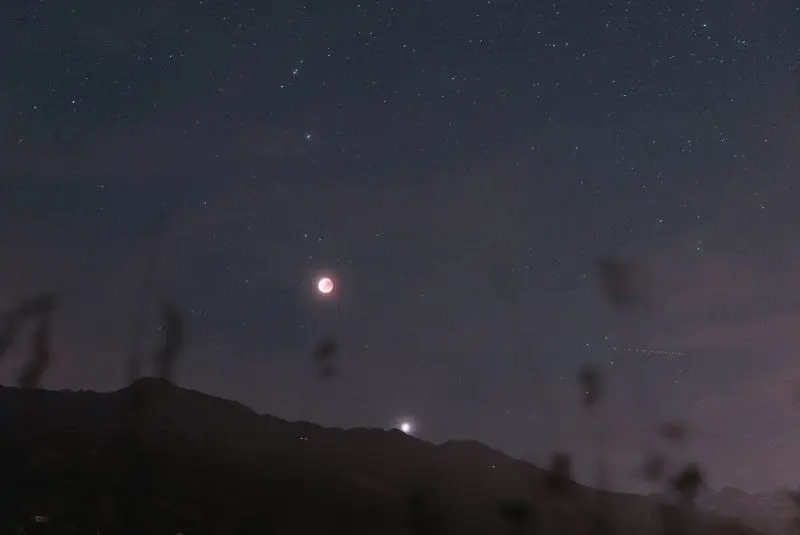
The National Aeronautics and Space Administration (NASA) announced that Perseverance has captured visible auroras for the first time in history on Mars The traveling robot captured this light show in March of last year – just a few days after the Red Planet experienced a powerful solar storm.
The results of the research by astronomers NASA They only shared it now in the journal Science. Scientists reported that during the observation, a significant coronal mass ejection occurred. Sun A powerful cloud of charged particles collided with Mars’ uneven magnetic field, disrupting its thin atmosphere and resulting in the formation of green light.
What else did the scientists report?
The new photo taken by the research apparatus was not accidental, writes Live Science The Perseverance team anticipated that a coronal mass ejection from the Sun would likely hit Mars. So, scientists directed the Mars rover’s Mastcam-Z camera at the Martian night sky, hoping to see something amazing. However, they did not expect to witness such a spectacle.
Previously, astronomers already knew that there are several types of polar auroras on Mars and that some of them cover the entire planet. However, until now, these phenomena could only be observed in invisible wavelengths of the electromagnetic spectrum, primarily in the ultraviolet range.
Now the Perseverance team has reported that the faint green lights detected by the rover are the first polar auroras in the Solar System, observed using visible wavelengths of light.
By the way, this is the first instance of Martian auroras being recorded directly from the planet’s surface. Until now, such observations were conducted by orbital spacecraft, such as NASA’s Mars Atmosphere and Volatile Evolution (MAVEN) and the UAE’s Emirates Mars Mission orbiter.
Lights on Mars
Mars is still present in its atmosphere, and polar auroras can indeed occur. Astronomers had long believed that polar auroras on Mars were impossible due to its extremely thin atmosphere. The planet lacks a proper global magnetic field that would allow solar wind and solar storms to blow away most of the Martian air. However, new images prove that gas is still present in its atmosphere, and polar auroras can indeed occur. Red Planet enough to emit colorful lights.
The analysis of the green hues of the aurora borealis showed that the light was emitted by excited oxygen molecules, which make up about 0.13 percent of Mars’ thin atmosphere. The low concentration of the gas, combined with the high level of dust in the air, is the reason why the light from the auroras is barely visible in the photograph.
It became noticeable only after scientists removed the light from Mars’ largest moon, Phobos, in the photo.
Researchers claim that at night near the planet’s poles, another type of green light, similar to the aurora, known as airglow, may occur. It is likely that astronauts participating in Mars missions will be able to see it.
Extraterrestrial auroras
Any other planet in the Solar System that has an atmosphere – Venus, Jupiter, Saturn, Uranus, or Neptune – is a place where extraterrestrial auroras can occur. However, they happen in invisible parts of the electromagnetic spectrum: ultraviolet, infrared, and X-rays.
Primarily, these polar lights are caused by a stream of charged solar particles known as solar wind. However, on some planets, such as Jupiter Extremely powerful polar auroras are caused by other phenomena, such as magnetic anomalies.
On planets that are closer to the Sun, such as Venus, Earth, and Mars, polar auroras are a result of severe space weather phenomena, such as coronal mass ejections. Despite the fact that Mercury has virtually no atmosphere, its surface also experiences X-ray emissions similar to polar auroras due to the influence of strong solar storms.
Powerful solar flares have become more frequent lately. The Sun is nearing the peak of its 11-year activity cycle, known as solar maximum. During this period, solar storms become more common and intense. To predict when hidden coronal mass ejections might impact Earth, astronomers often “spy” on the far side of the Sun using rovers.

